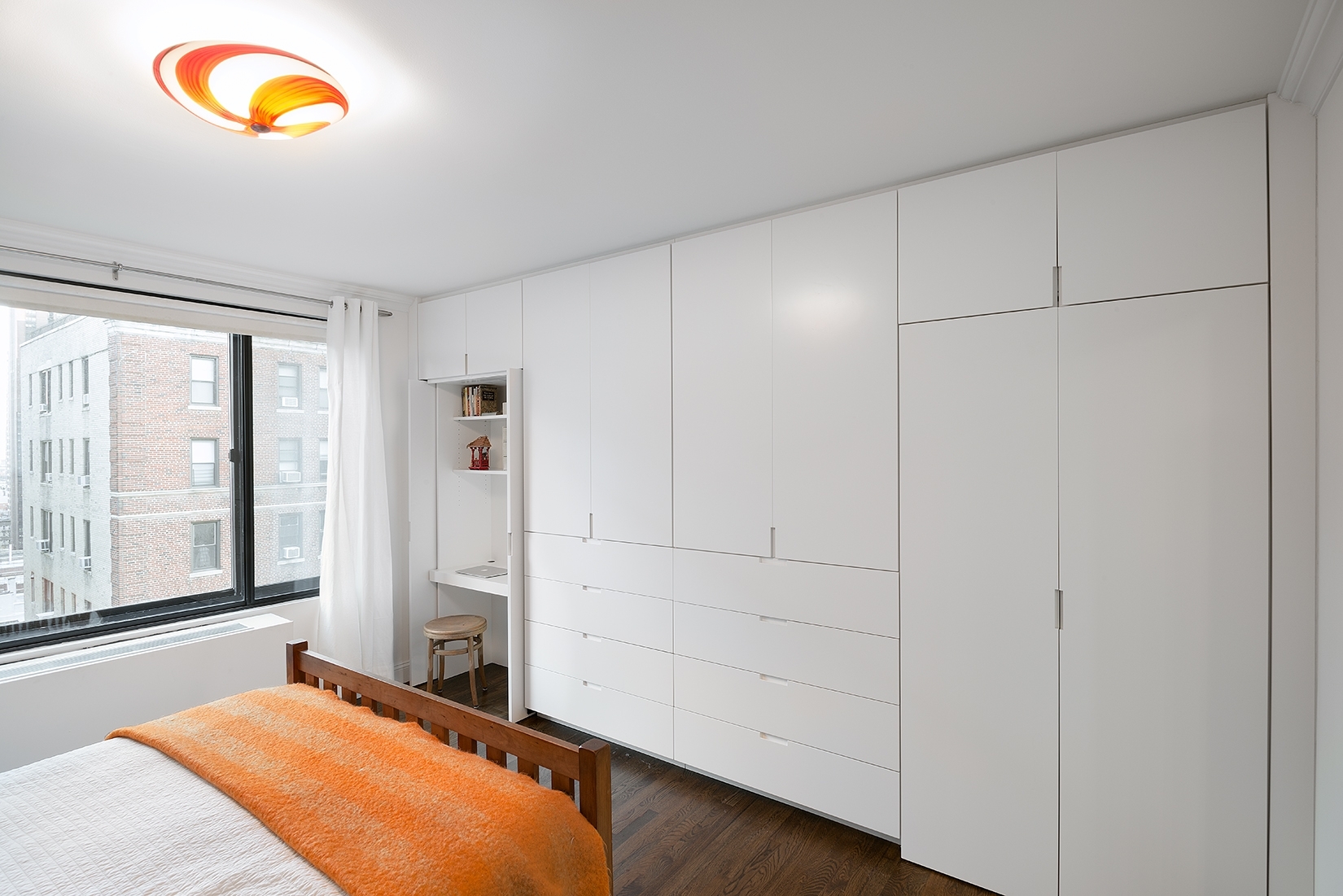It’s important to note that noise is a two-way annoyance: If you can hear your neighbours talk on the phone or watch a movie that means they can hear you too. In this context, soundproofing could also be considered privacy-proofing your conversations from adjoining units. When you add structural soundproofing to your Lake Cowichan condo, you’re also improving the value of the property.
There are two concepts for soundproofing that fit almost all circumstances: mass and air gap. Ideally, they work together in a system that stops a wide range of frequencies. There are two basic ways to soundproof a wall that is between two dwellings. The first is reconstruction of the wall with a system to reduce noise. This option can be expensive depending on the length of the wall and how much soundproofing is desired. The other way is to use some clever materials and strategies that will dampen noise. This is helpful if you’re a renter or need sound suppression for a condo.
Let’s start with the free solutions and work toward the more premium fixes. Common sense would dictate that quiet stuff shouldn’t be placed near a shared wall. Your reading chair might look better on the other side of the room anyway. Do you own an armoire or wardrobe? Put that on the shared wall so it will absorb some sound.
The next step is to use a curtain effect to block sound. This might be a piece of art, a large mirror, or a rug purchased specifically to use as a wall hanging. IKEA makes inexpensive area rugs with beautiful designs and low pile that are perfect for this application. Mass loaded vinyl is a heavy (2lb/sqft) sheet product that is intended for floors and walls. It can be cut to size for extra weight behind a wall hanging. Condos usually have steel studs so, unless you’re using a self-tapping screw, attach sound curtains with the proper size and type of drywall anchors.
Moving beyond decorating with soundproofing, we arrive at reconstruction approaches. Simply adding another layer of gypsum to the wall help because its mass stops sound waves. This requires adjusting (and soundproofing) the receptacles and possibly the baseboard trim. Newer gypsum designed for this has a layer of lead on one side. Another alternative is to use mass loaded vinyl between the gypsum sheets. This is a job for a professional unless you’re comfortable with drywall installation.
If you have plaster walls, then replacing them with drywall and installing a sound control system at the same time may be practical. Depending on where the wall is, you may want to install a second set of staggered studs. This eliminates direct transmission of sound by vibration by creating an air gap. Spray foam insulation has a very good sound rating and can fill the void completely. Finish the wall with double drywall and acoustic sealant along the edges. Again, this is a job for qualified trades, but the result will reflect the effort put into it.
Sound control, soundproofing, privacy-proofing are part of a healthy home environment. Having control of our space and a quiet space to relax and work contributes to a sense of well-being. It also increases your property value. You might be able to tolerate the sound of your neighbour’s home theatre system or snoring but imagine how much more comfortable you and your family will be with the sound of silence.
Questions or comments about soundproofing and property values? Want to talk about your next real estate transaction? Contact Sandy Stinson today for more information and a personal appointment.

